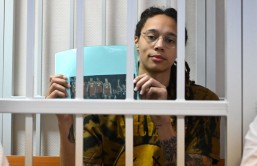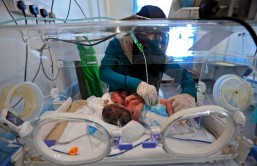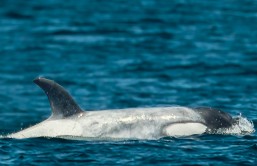
(Photo : Myriams-Fotos/Pixabay)
Reaching continuous nuclear fusion can be done if the ignition is achieved, but that is the hard part of refusing molecule nuclei.
Researchers last year confirmed that continuous nuclear fusion was achieved in a lab, but the caveat is they have no idea how to repeat it successfully.
Achieving controlled fusion similar to the sun is the dream of many scientists, having a continuous nuclear reaction is a breakthrough.
Achieving Successful Nuclear Fusion
The recombination of two atomic particles is fused to make a heavy atom, releasing immense energy in the reaction, as reported by Science Alert.
It is a natural reaction that always happens, but simulating it is complicated with high energy requirements to sustain. Solar bodies create energy by the fusion of hydrogen nuclei with helium as a by-product.
Supernovae are sun torn apart as the biggest explosion caused by fusion that ends in the brightest light shows in the cosmos. The explosions cause the formation of really heavy iron molecules.
Recreating fusion on earth will artificially release heat and energy as X-rays and heat conduction.
Researchers working on fusion as a power source must achieve ignition because self-healing mechanisms overwhelm all energy loss and keep the reaction running.
Just like in the nuclear furnace of a star, continually fusing nuclei goes on forever, energizing the reaction.
Lawson-like ignition criteria
In 1955, physicist John Lawson developed a set of parameters, now known as the "Lawson-like ignition criteria," to aid in determining when this ignition occurred.
Nuclei ignition happens in the extreme condition of a supernova or an atomic bomb, generating intense heat and energy required for continuous nuclear fusion.
Over ten years have gone into honing the method used by the researchers at the National Ignition Facility of Lawrence Livermore National Laboratory in California.
Read Also: Justin Trudeau Net Worth 2022: Overall Wealth, Salary of Canada's Prime Minister
A nuclear fusion reaction was successfully ignited for the first time ever during an experiment on August 8, 2021. In a recent analysis, the 2021 experiment was evaluated by employing nine distinct iterations of Lawson's criteria.
In an interview with New Scientist, nuclear scientist Annie Kritcher said, "This is the first instance we've passed Lawson's criterion in the laboratory."
How Ignition Was Achieved
In the experiment, 192 high-energy lasers were fired at a tritium and deuterium fuel capsule that was placed in the center of a gold-lined depleted uranium chamber for experiment to create an intense x-ray bath.
The extreme environment and the pointed shock waves generated inside the chamber induced a self-sustaining fusion process.
In that instant, hydrogen nuclei consolidated and merged, unleashing approximately 1.3 megajoules of energy for 100 trillionths of a second, or ten quadrillion watts of power.
They attempted to replicate the same nuclei fusion in four comparative tests, but the outcomes were not the same as in the successful experiment.
According to Kritcher, ignition is tough to obtain due to the multiple elements of one successful experiment; repeating the same result is challenging.
According to Imperial College London plasma physicist Jeremy Chittenden, starting from a microscopically lower starting point leads to a far greater disparity in the final energy output. On August 8, it was an unexpected success.
They want to know the exact precursor conditions to have a more successful experiment; until they know them, it's touch and goes.
Achieving ignition to achieve continuous nuclear fusion needs more research to learn how to sustain it for a very long time, based on the study published in AP Physics.
Related Article: Fusion Reactor Technology Tokamak In the Next Race That Advanced Nations To Produce Cleaner, Sustainable Energy is Heating Up








